5 Reasons Why Temporary Construction Walls Are Essential For Building Safety
Contents |
[edit] Introduction
Temporary construction walls are used at worksites in healthcare, institutional, commercial, or industrial settings to manage the construction dust and debris. The key advantages of these prefabricated modular wall systems, apart from containment of dust and debris, include quick and easy set-up requiring less labour and improve the profitability of the project, as these systems are designed to be highly reusable and durable. Moreover, they can be used to isolate dust, hide areas, and section off the areas of a building thus making them useful for hospitals, stores, offices, construction sites, and more. Construction and renovation projects in commercial, industrial, and healthcare settings have particular challenges that can be overcome by temporary construction walls. Temporary construction walls help contain dust, debris, and noise, thereby ensuring that operations can continue seamlessly in the rest of the facility. Given here are the five major reasons why they are essential for building safety.
[edit] Containment of dust and debris
Construction sites are often dirty and dust fills the air in these places making them potentially harmful for construction workers. Moreover, a large amount of dust and debris are created during construction projects which can spread beyond the construction site into clean areas of the building during renovations or expansions of existing facilities. Temporary construction walls create a safer and more secure job site by confining this dust and debris and preventing contamination, thus protecting workers in the rest of the facility. A temporary construction wall reduces the damage due to dust exposure to equipment, and also prevent product contamination in production facilities. They can be used to section off areas of the construction site protecting workers from areas where there is a lot of debris and dust exposure. They isolate the dirtiest areas of the construction site so that the rest of the site remains cleaner. They also make the work more organised, as it gets divided into sections. Studies show that people working in or around construction sites are often exposed to silica dust, a dangerous substance with harmful side effects. Temporary construction walls are like barriers, shielding people from harmful dust and debris.
[edit] Adherence to rigid safety standards and enhancing security
While maintaining appearances during renovation work keeping clean and cleanable walls temporary construction walls protect the building occupants from potentially dangerous dust and debris as in healthcare facilities that operate round the clock. Even work performed during off hours can pose a risk to patients, caregivers, staff and visitors, so temporary construction walls are designed and engineered with critical safety standards in mind. During renovation work, inventory and access control are crucial in a hospital. Because, construction done in accessible areas such as pharmacies or medical equipment storage may require strict security measures. In the airports, construction sites are mostly past security checkpoints, and access to the construction materials there could allow potential hijackers to use them as weapons. Sensitive information, equipment, and tools may also be exposed to theft, in other construction areas. To protect the worksite, secure equipment and anyone in the vicinity of the construction site, preventing unauthorised access is essential. Temporary construction walls provide a barrier to entry keeping unauthorised personnel out. Higher-quality temporary construction wall systems offer several options including key code locks, mechanical locks, or locks with single-key options to fulfil various security requirements.
[edit] Reduction of noise
Construction and renovation projects are very noisy involving the use of tools and equipment apart from the decibels from construction workers thus creating a difficult working environment for employees near the construction zone. Temporary construction wall systems can reduce the noise pollution in the rest of the facility creating a conducive, quieter, and more comfortable environment. Unlike drywall construction, installing prefabricated modular wall panels is quiet, allowing work to continue during business hours rather than paying workers extra for overtime. Higher-quality reusable temporary construction wall systems can reduce renovation noise by approximately fifty percent.
[edit] Cost efficiency & avoidance of shutdowns
Temporary walls are a cost-efficient option as they help you avoid additional labor costs, and eliminate the need for additional materials like drywall. They can also be rented thus enabling you to greatly cut down costs. Some facilities such as healthcare have critical areas that cannot shut down. Or, manufacturing plants may have essential production lines that must be kept running. Restaurants and retail businesses may face shortfalls if they have to stop operations. Temporary wall systems isolate the construction zone while the rest of the facility may continue working, thus avoiding a total shutdown.
[edit] Management of traffic
It can be challenging to manage the flow of people around a construction zone. Temporary wall panels can direct people through the facility and block off construction areas to non-workers. This improves safety and provides a better experience, helping construction workers to know where they need to go and what areas are in progress, thus exposing them to lesser dust and debris during the ongoing work.
It can thus be concluded that temporary construction walls are essential to building safety and are the proverbial stitch in time that could well save you nine!
[edit] Related articles on Designing Buildings
- Air-supported structure.
- Caisson.
- Cofferdam.
- Crane supports.
- Debris netting.
- Design and Check Certificates.
- Design liability.
- Demolition.
- Excavating plant.
- Facade retention.
- Falsework.
- Formwork.
- Groundworks.
- Ground anchor.
- Grouting in civil engineering.
- Hesco barrier.
- How to remove scaffolding.
- PAS 8811:2017 Temporary works.
- Permanent structure.
- Pile foundations.
- Retaining walls.
- Scaffolding.
- Shoring.
- Slip form.
- Temporary.
- Temporary works for construction.
- The design of temporary structures and wind adjacent to tall buildings.
- Three pieces of infrastructure that have saved lives.
- Trench support.
- Tunnelling.
- Underpinning.
- Work at height regulations.
[edit] External links
- https://cleanwrap.net/dealing-with-debris/
- https://armadilloroofing.com/ways-to-effectively-deal-with-metal-roofing-debris-during-a-re-roofing-project/
- https://www.urbansplatter.com/2023/05/safety-tips-you-must-follow-at-a-construction-site/
- https://cleanwrap.net/construction-wall-barriers/
- https://dutable.com/2023/04/13/5-remote-construction-tools-enabling-easy-construction/
- https://propertyhome.in/benefits-dust-free-renovations/
Featured articles and news
Combating burnout.
The 5 elements of seiri, seiton, seiso, seiketsu and shitsuke.
Shading for housing, a design guide
A look back at embedding a new culture of shading.
The Architectural Technology Awards
The AT Awards 2025 are open for entries!
ECA Blueprint for Electrification
The 'mosaic of interconnected challenges' and how to deliver the UK’s Transition to Clean Power.
Grenfell Tower Principal Contractor Award notice
Tower repair and maintenance contractor announced as demolition contractor.
Passivhaus social homes benefit from heat pump service
Sixteen new homes designed and built to achieve Passivhaus constructed in Dumfries & Galloway.
CABE Publishes Results of 2025 Building Control Survey
Concern over lack of understanding of how roles have changed since the introduction of the BSA 2022.
British Architectural Sculpture 1851-1951
A rich heritage of decorative and figurative sculpture. Book review.
A programme to tackle the lack of diversity.
Independent Building Control review panel
Five members of the newly established, Grenfell Tower Inquiry recommended, panel appointed.
Welsh Recharging Electrical Skills Charter progresses
ECA progressing on the ‘asks’ of the Recharging Electrical Skills Charter at the Senedd in Wales.
A brief history from 1890s to 2020s.
CIOB and CORBON combine forces
To elevate professional standards in Nigeria’s construction industry.
Amendment to the GB Energy Bill welcomed by ECA
Move prevents nationally-owned energy company from investing in solar panels produced by modern slavery.
Gregor Harvie argues that AI is state-sanctioned theft of IP.
Experimental AI housing target help for councils
Experimental AI could help councils meet housing targets by digitising records.







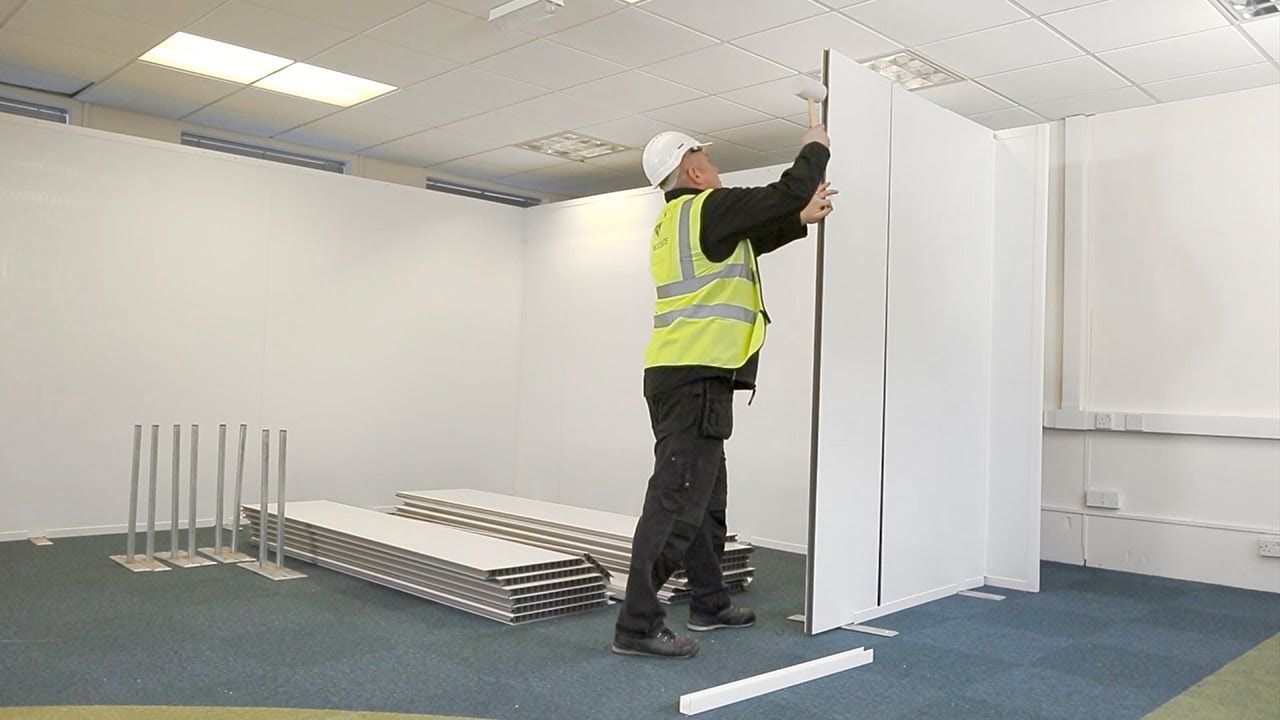

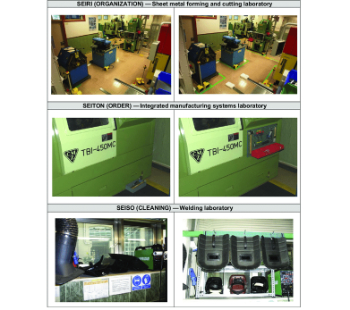



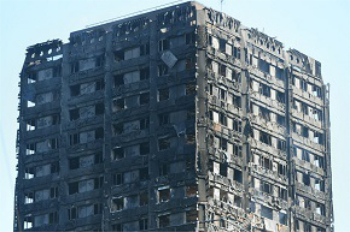
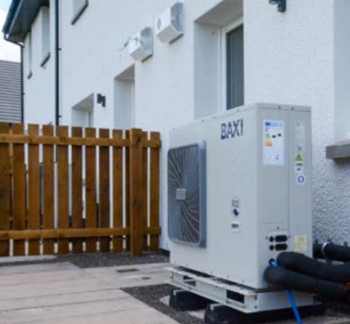




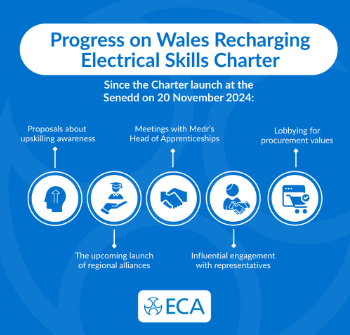
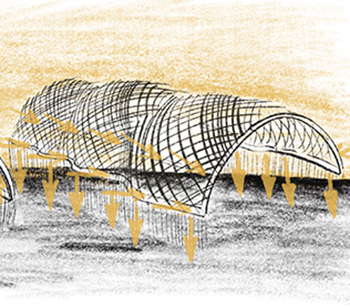

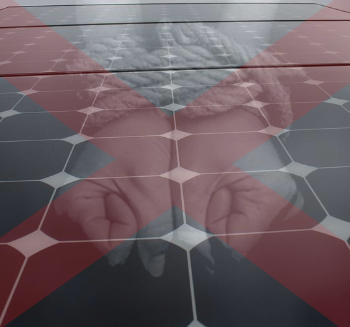


Comments